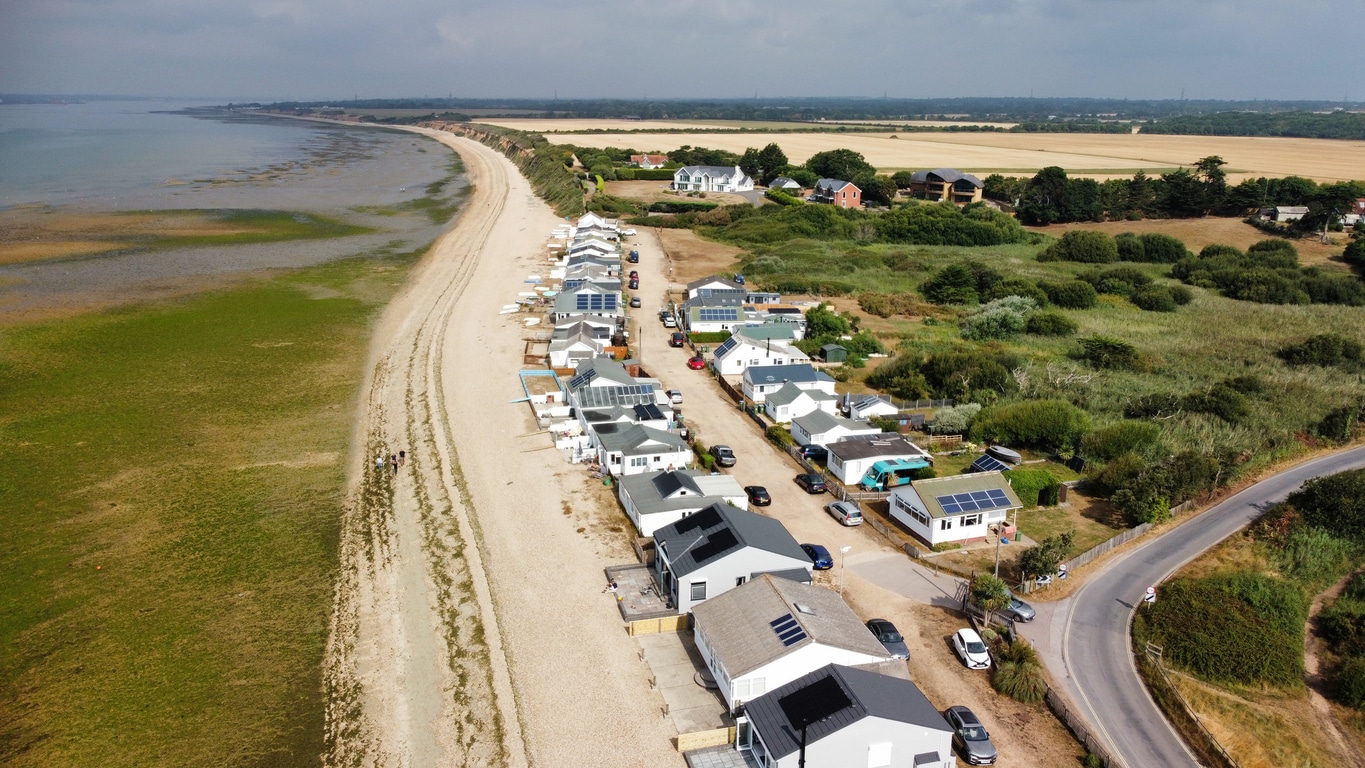
The Effects of Rising Sea Levels on Coastal Communities and What Can Be Done
Rising sea levels, due to melting polar ice caps and the thermal expansion of seawater caused by global warming, have become a pressing issue. Coastal community members, and people concerned about sustainability, should understand this phenomenon threatens homes, infrastructure and local economies.
Addressing these effects is crucial for preserving property and livelihoods, as well as protecting natural habitats and freshwater resources. Being informed and proactive can help mitigate these impacts and contribute to your community’s resilience against rising sea levels.
Causes of Rising Sea Levels
Environmental and manufactured factors significantly contribute to rising sea levels. Sea levels could increase by up to 12 inches along U.S. coastlines in the next 30 years. Some of this is due to human activities — such as burning fossil fuels and deforestation — which increase greenhouse gas emissions.
Understanding these causes can help you appreciate the urgency of adopting sustainable practices. It also enables you to combat climate change and protect coastal communities.
Effects on Coastal Communities
Increased flooding and erosion due to rising sea levels significantly damage coastal areas. Reports revealed the U.S. suffers about $500 million in coastal property loss annually due to erosion. This damages homes, roads and utilities, creating costly repairs and disruptions.
Local economies — particularly those dependent on tourism and fishing — are also hit hard, as these industries rely on stable and accessible coastlines. The displacement of residents and loss of property further exacerbate the situation. This makes it essential for communities to take action to mitigate these impacts.
Environmental Consequences
Rising sea levels affect communities and lead to the loss of natural habitats for wildlife. It also increasingly threatens coastal areas home to diverse species. Sanitizing freshwater resources further complicates the situation, affecting drinking water supplies and agricultural lands.
Additionally, changes in coastal ecosystems and biodiversity disrupt the delicate balance of these environments, which leads to the decline of species relying on specific habitats. Awareness of these ecological impacts underscores the importance of protecting and restoring coastal areas to maintain biodiversity and ecosystem health.
Mitigation Strategies for Coastal Communities
Coastal communities must adopt comprehensive mitigation efforts to combat the effects of rising sea levels. Here are strategies you can implement to help safeguard your community’s future against the threats of climate change:
Adaptation Measures
Building seawalls and levees protects coastal areas from flooding and erosion. Flood-resistant building designs enhance your community’s resilience by ensuring homes and structures can withstand rising seawater.
Moreover, artificial reefs and mangroves create natural barriers, reducing wave energy and preventing shoreline erosion. They are effective defenses and marine sanctuaries. They support coral reefs and biodiversity, preserving the ecological health of your coastal environment.
Sustainable Practices
Reducing greenhouse gas emissions is vital in combating rising sea levels. One way to contribute is by shifting to a plant-based diet, which can reduce greenhouse gas emissions by 49% and improve your health. Meanwhile, promoting renewable energy sources — such as solar and wind — is another effective strategy.
These sources are much less susceptible to disruptions from natural disasters than fossil fuels. Encouraging sustainable land use and development is also critical. It ensures your community grows in harmony with the environment, minimizing further climate impact.
Community Involvement and Education
Community engagement in mitigation efforts is essential for creating a resilient coastal environment. Educating residents about sustainable practices fosters a collective effort to reduce environmental impact.
In addition, supporting local and global initiatives — such as the Ocean Risk and Resilience Action Alliance – is crucial. This alliance pioneers multisector collaboration to activate at least $500 million in investments, helping build the resilience of climate-vulnerable coastal communities. Your active participation and awareness can significantly contribute to these vital efforts.
Taking Action Together
It’s crucial to take proactive measures now to address the challenges of rising sea levels. You can make a significant impact by contributing to sustainability efforts and encouraging others in your community to do the same.


Post a comment